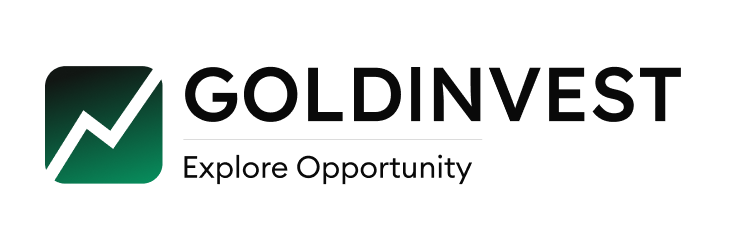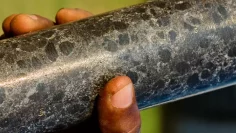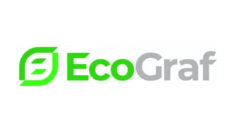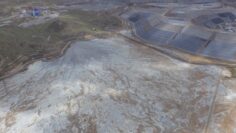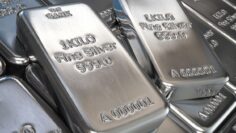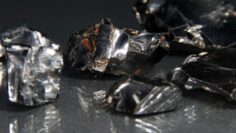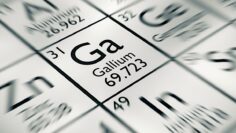{australien_flagge}The first charge of a battery determines its performance throughout its life cycle. The effect is known as “first cycle loss.” The lower this loss can be kept, the higher the efficiency of the battery during all subsequent charge cycles. Experts refer to this as the initial charge capacity of a battery. Australian battery raw material pioneers FYI Resources (ASX: FYI; FRA: SDL) and Ecograf (ASX: EGR; FRA: FMK) have now shown in their first joint tests with lithium-ion button cells that they can significantly reduce the initial loss on the first charge cycle. Testing at an accredited U.S. laboratory showed that initial charge capacity could be increased from 93 percent to 95.5 percent compared to the market leader. In other words, instead of 7 percent initial loss, the battery with FYI and Ecograf’s double-treated anode graphite achieved only 4.5 percent charge loss right off the bat.
The anode material was improved in two steps. First, the rounded (spherical) battery graphite produced by Ecograf was coated with pitch. This is an industry standard and was also the case with the anode material of the comparison battery. Subsequently, the anode graphite pre-treated in this way was surface doped with a fine dispersion spray of FYI’s ultrafine 4N HPA. Even without HPA doping, the anode material treated by Ecograf achieved a significant reduction in initial loss. The initial charge capacity was increased to 94.8 percent – in other words, the loss was reduced to 5.2 percent. Additional doping with high-purity HPA further reduced the initial charge loss to 4.5 percent.
FYI and Ecograf expect the improvement of the anode material to significantly increase their added value. Industry experts expect demand for coated anodes in the U.S. and Europe to grow by 30 percent per year. Selling prices for single-coated anodes range from $5,000 to $10,000 per ton. Double-treated anode material doped with high-grade HPA could command even higher prices. By comparison, Ecograf currently calculates a selling price of between $2,800 and $3,500 for its uncoated anode material.
Commenting on the test results of the HPA-coated anode, Roland Hill, FYI’s CEO, said, “The initial test results of FYI’s coated anode are excellent and demonstrate the potential for further development of this project. We are particularly encouraged by the superior performance of our developed anode technology compared to the current market leader. Together with our partner Ecograf, we will continue to develop this exciting technology and its increasing application in the field of electromobility.”

Figure 1: The process diagram shows the different stages of anode treatment. First, an industry-standard pitch-coated anode is produced. Then, in a second step, doping with HPA is added, resulting in an “HPA-doped coated anode.”
FYI and EcoGraf are very pleased with the results and are providing product samples for partners and battery manufacturers. The partners plan to develop a commercial, innovative anode material in Western Australia that will further enhance the value of their respective raw materials for the lithium-ion battery market.
Conclusion: Improving the anode material of lithium-ion batteries is an exciting future field for the two partners FYI and Ecograf. Additional value-added opportunities could open up for both companies. For Ecograf, they could think about doing pitch coating themselves instead of outsourcing this refining step to third parties. The additional HPA doping (obviously from a neighboring plant in Western Australia) could create a premium anode product – with likely low competition – that promises high margins. Both companies’ share prices have risen in the Australian market today, with EGR up 10.8 percent and FYI up more than 13 percent. Notwithstanding this, the foreseeable main market for HPA will continue to be in LEDs and in battery separators. From this perspective, the application in anodes is a welcome additional opportunity. It would be exciting to know what FYI partner Alcoa Ltd. has to say about this.
Disclaimer: The contents of www.goldinvest.de and all other used information platforms of the GOLDINVEST Consulting GmbH serve exclusively the information of the readers and do not represent any kind of call to action. Neither explicitly nor implicitly they are to be understood as an assurance of possible price developments. Furthermore, they do not in any way replace individual expert investment advice, but rather represent advertising / journalistic texts. Readers who make investment decisions or carry out transactions on the basis of the information provided here do so entirely at their own risk. The acquisition of securities involves high risks, which can lead to the total loss of the invested capital. The GOLDINVEST Consulting GmbH and its authors exclude any liability for financial losses or the contentwise warranty for topicality, correctness, adequacy and completeness of the articles offered here expressly. Please also note our terms of use.
According to §34 WpHG we would like to point out that partners, authors and/or employees of GOLDINVEST Consulting GmbH hold shares of some of the mentioned companies and therefore a conflict of interest exists. Furthermore, we cannot exclude that other stock exchange letters, media or research firms discuss the stocks we discuss during the same period. Therefore, symmetrical information and opinion generation may occur during this period. Furthermore, there is a consulting or other service contract between the mentioned companies and GOLDINVEST Consulting GmbH, directly or indirectly, which means that there is also a conflict of interest.
